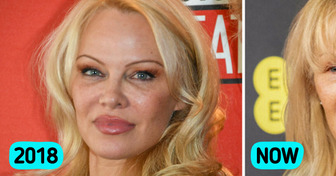15 Stories From People That Can’t Get Over the Rudeness They Witnessed


Aging has always been inevitable—or so we thought. But recent scientific discoveries are shaking up everything we used to believe about wrinkles and gray hair. In an extraordinary breakthrough, researchers have identified what may hold the key to youthful skin and vibrant hair color well into our golden years.
These groundbreaking findings not only reveal how humanity can potentially slow down or even reverse visible signs of aging, but also open the door to new, more effective skin rejuvenation and gray hair treatments. Let’s dive into the science and practical steps behind this anti-aging revolution.
CONTENT IS PROVIDED FOR INFORMATIONAL PURPOSES ONLY AND IS NOT INTENDED AS A SUBSTITUTE FOR MEDICAL ADVICE.
SEEK GUIDANCE OF YOUR DOCTOR REGARDING YOUR HEALTH AND MEDICAL CONDITIONS.
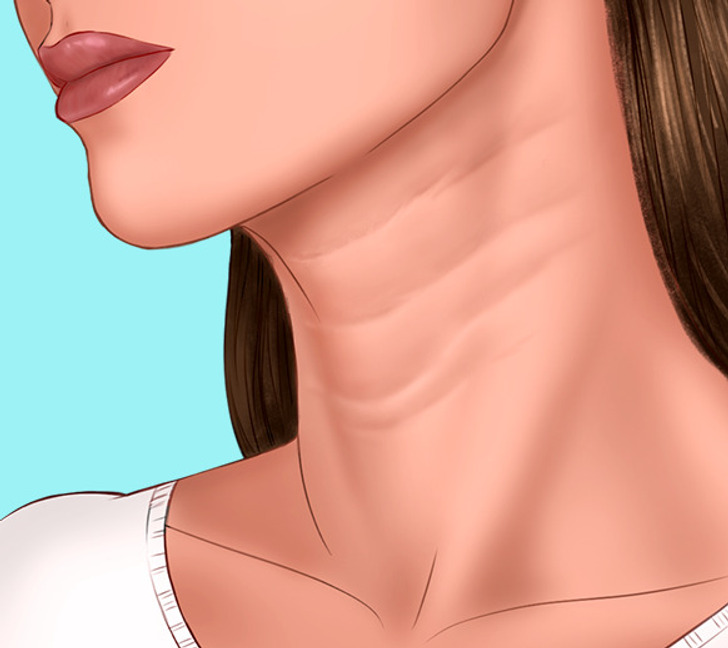
Estrogen, testosterone, melatonin, and growth hormones usually decline—impacting everything from collagen production to skin elasticity and hair pigmentation.
One key hormone linked directly to skin aging is IGF-1 (insulin-like growth factor 1). It plays a vital role in skin regeneration, helping to repair damaged cells and maintain firmness. Similarly, melatonin, best known for regulating sleep, has powerful antioxidant and anti-inflammatory properties that protect skin cells from environmental damage.
Hormonal imbalance can lead to:
So, when scientists started looking deeper into these natural chemical messengers, they found more than just a link—they found a potential solution.
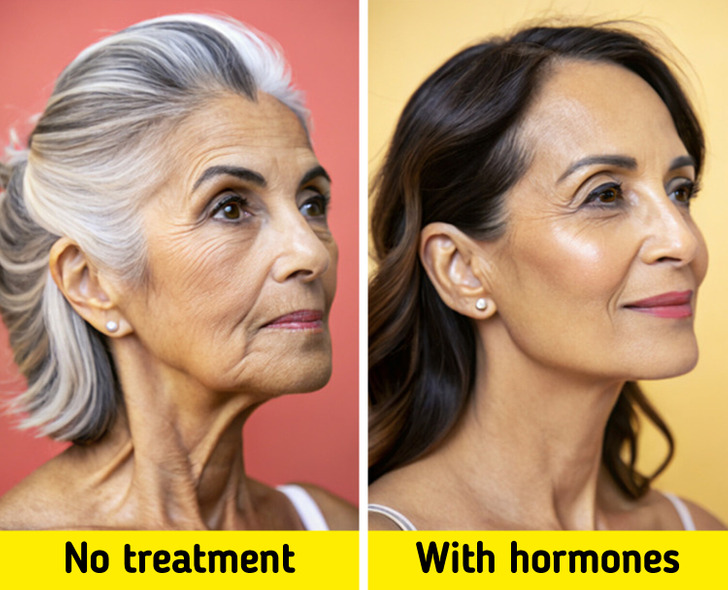
Surprisingly, true. Recent studies are proof of that. “Some of the hormones we studied have anti-aging properties and may be used in the future as agents to prevent skin aging,” shared Markus Böhm, lead author, M.D., of the University of Münster in Münster, Germany.
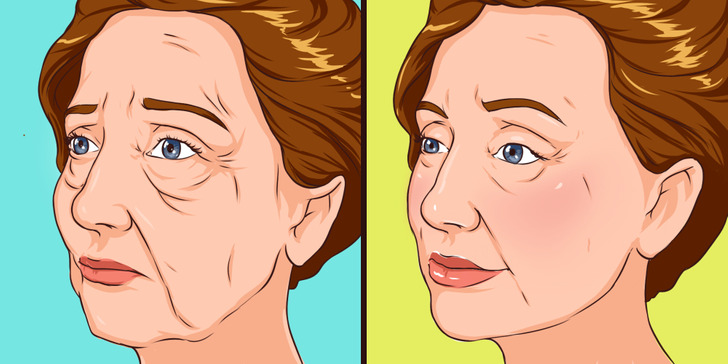
Here’s where things get fascinating: IGF-1 has been directly linked to melanin production in hair follicles—that’s the pigment that gives your hair its natural color. In recent animal studies, increasing IGF-1 levels helped restore melanin in aging hair follicles—essentially reversing graying. While human trials are still in early stages, the science is promising.
Even better, you can increase IGF-1 naturally—we’ll get to that shortly.
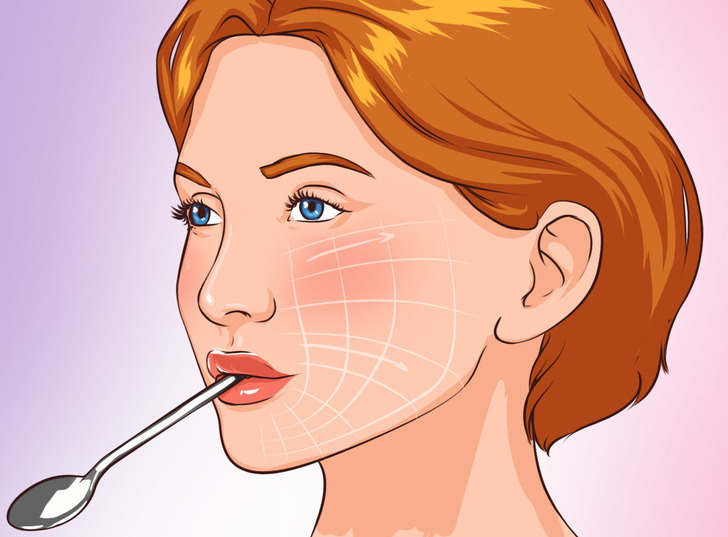
Creams, serums, and even some cosmetic procedures can temporarily reduce wrinkles or color over gray hair—but they don’t address the root cause.
Is there scientific evidence supporting hormone therapy for skin rejuvenation? Absolutely. Several peer-reviewed studies have confirmed the regenerative potential of hormones. For example: In studies on melatonin, participants showed reduced skin roughness and improved hydration after just 12 weeks of topical or oral use.

1. Prioritize sleep (for melatonin):
Why? Because melatonin production depends on a well-regulated circadian rhythm, and disrupted sleep can reduce its output significantly.
2. Eat hormone-boosting foods:
3. Incorporate strength-based exercise:

While the science is exciting, it’s essential to understand the ethical and safety implications. Misuse or overuse of hormones can lead to:
Medical supervision is key. As of now, the FDA has not approved any over-the-counter hormonal treatments specifically for aesthetic aging.
But as we continue exploring the science of aging, there’s one more change worth mentioning—one that’s not talked about as openly but is just as real: the subtle shift in body scent that can accompany getting older. Often nicknamed the “old person smell,” it might not show up in selfies like wrinkles or gray hair, but it can impact how we feel in social settings. The good news? Just like we can support youthful skin and hair through hormonal balance, we can also stay fresh and confident by prioritizing several habits.

